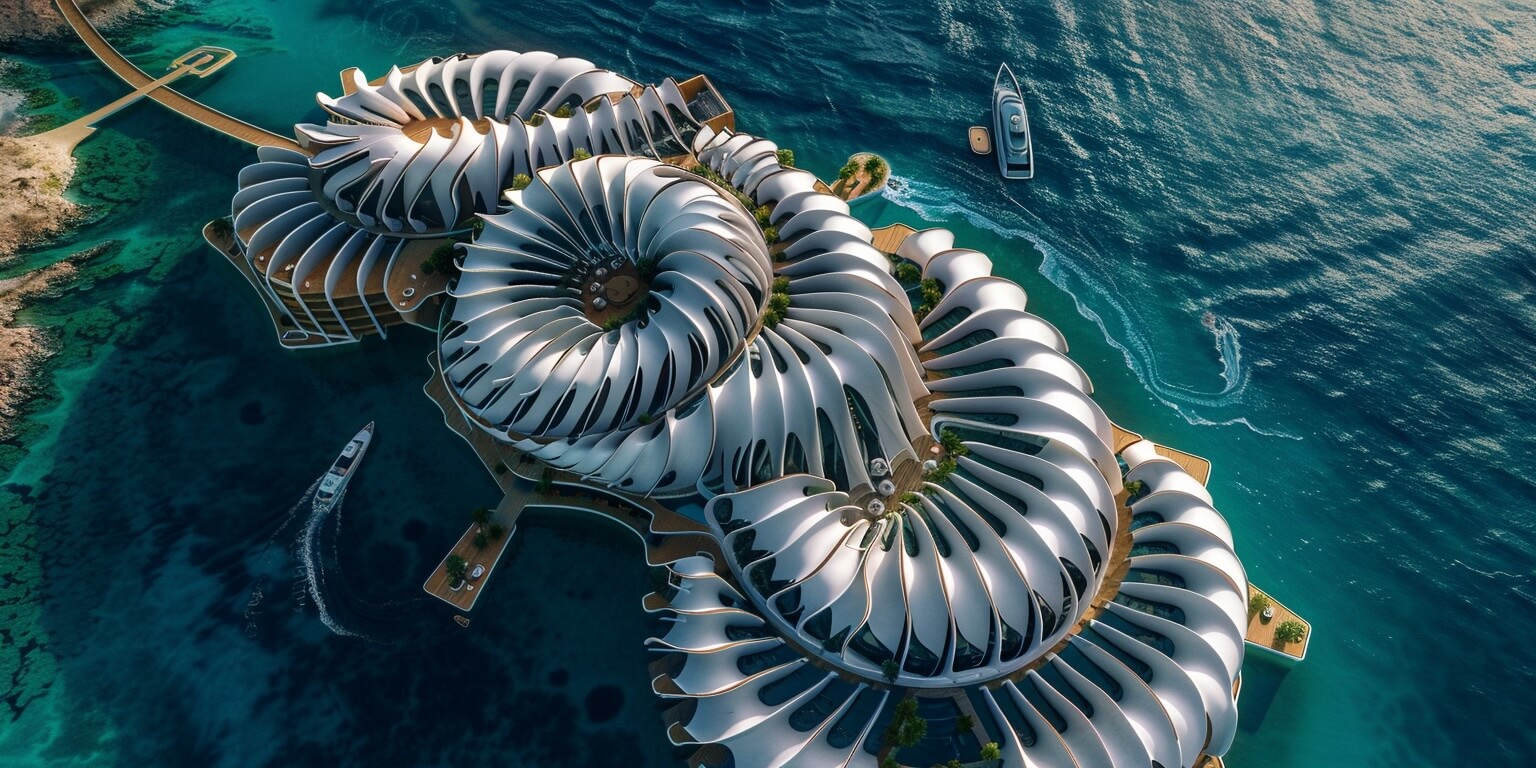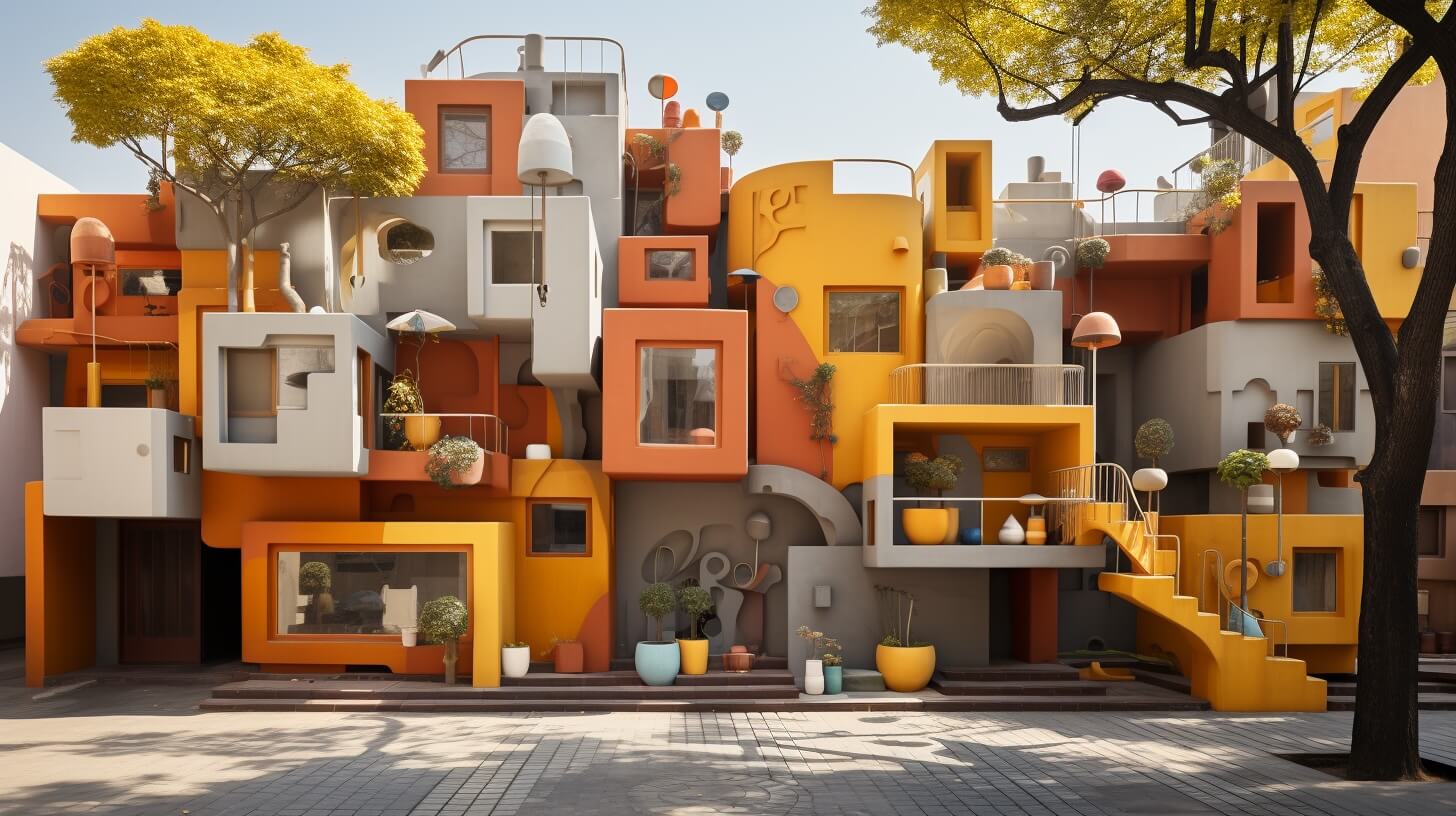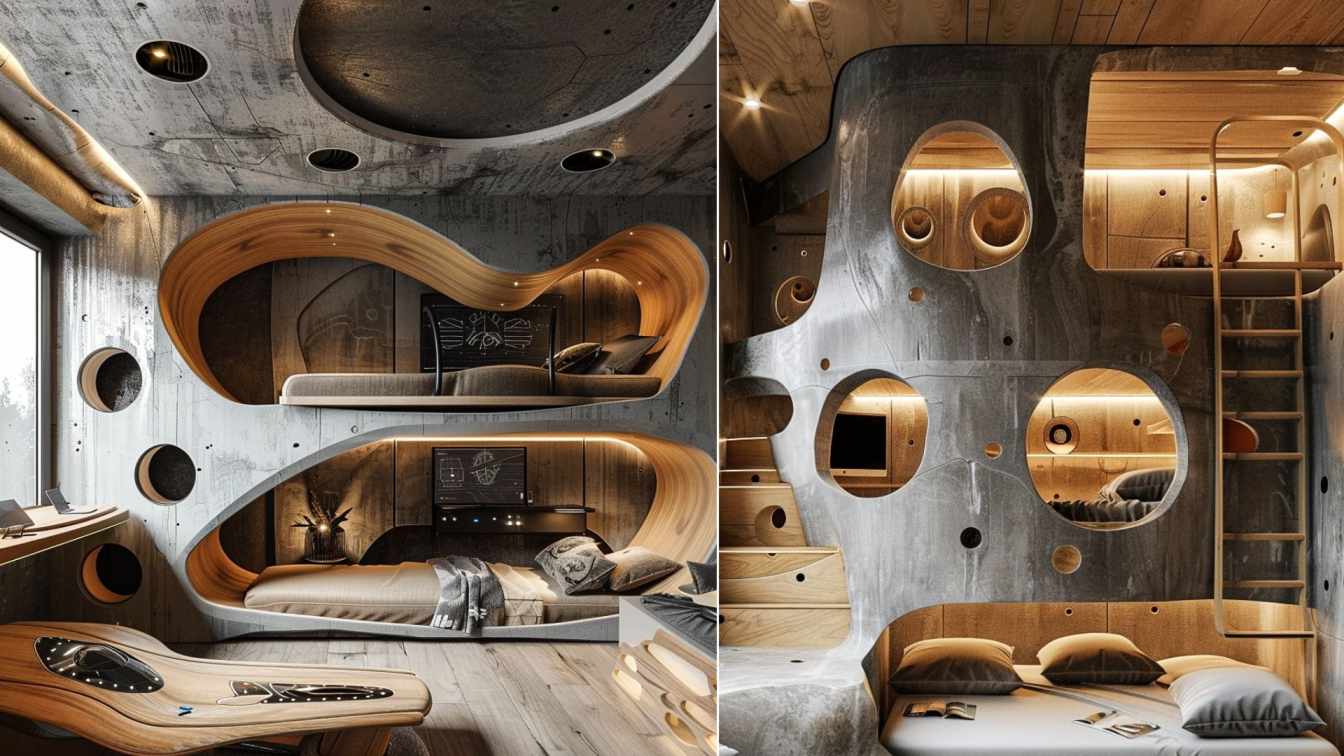Manas Bhatia: Harnessing the timeless beauty of the golden ratio to shape the architecture of tomorrow
Summary:
Imagine a futuristic city inspired by the timeless allure of the golden ratio and Fibonacci sequence, with floating skyscrapers spiraling gracefully like Nautilus shells, surrounded by lush gardens and terraces filled with life. It's a vision of harmony and balance, where every detail is meticulously crafted to captivate the senses and inspire the soul. Using AI, architects like Manas Bhatia are harnessing the power of the golden ratio to visualize buildings that not only captivate the eye but also resonate with the rhythms of the natural world. Through a series of AI-generated concepts, Bhatia explores the question, “Can we harness the timeless beauty of the golden ratio to shape the architecture of tomorrow?”
Main:
Embedded within the fabric of our universe, the golden ratio has long served as a guiding principle in both architecture and nature. Dating back to ancient civilizations such as the Greeks and Egyptians, this mathematical ratio, approximately 1.618, has been revered for its ability to create compositions of sublime beauty and proportion. From the Parthenon in Athens to the pyramids of Giza, examples of the golden ratio abound in architectural masterpieces throughout history. But its influence extends far beyond the realm of human construction, permeating the natural world in the spiral patterns of Nautilus shells, the branching of trees, and the proportions of the human body. Recognizing this inherent harmony between mathematics and aesthetics, architects like Manas Bhatia, from India, are harnessing the power of the golden ratio to visualise buildings that not only captivate the eye but also resonate with the rhythms of the natural world.

The spiral pattern, governed by the Fibonacci sequence, is a testament to the inherent beauty and efficiency of natural design. Could we create buildings that mimic the resilience and adaptability of these natural forms?
Imagine a floating cityscape where skyscrapers rise like organic spires, their forms echoing the spiral curvature of Nautilus shells. Each building, meticulously crafted according to the golden ratio, exudes a sense of harmony and proportion that transcends mere functionality. Landscaped gardens and terraces cascade down the structures, creating a verdant oasis amidst the vast expanse of the ocean.
Beyond its aesthetic appeal, the application of these mathematical principles offers tangible benefits in architectural design. From optimizing spatial layouts to enhancing structural stability and efficiency, the golden ratio and Fibonacci sequence provide architects with a versatile toolkit for realizing their creative visions. By adhering to these principles, architects can create buildings and environments that not only captivate the senses but also foster a sense of balance and well-being for their inhabitants.

It's a question that resonates deeply in today's world, where concerns about climate change and urbanization loom large. Bioarchitecture offers a glimpse into a more sustainable future. By harnessing the power of nature-inspired design, we can build cities that are not just beautiful, but also resilient and adaptable. The interpretation and application of the golden ratio and Fibonacci sequence in architecture can be subjective. While some architects may choose to incorporate these principles explicitly into their designs, others may prefer to draw inspiration from a broader range of sources, including cultural influences, historical contexts, and personal creativity.
Thus, the use of mathematical ratios in architecture can vary greatly depending on individual preferences and design philosophies. The advent of computational design and AI tools is revolutionizing the architectural process, allowing architects to explore complex geometries and intricate forms with unprecedented precision and efficiency. While these tools can certainly facilitate the integration of mathematical ratios into architectural design, they also offer architects a greater degree of freedom and flexibility to experiment with diverse design approaches.
Ever wondered why we don't use sacred geometry in architecture, despite nature following its principles? How can we achieve that oneness with nature?

Modern architectural styles often prioritise functionality and practicality over strict adherence to mathematical ratios. While the golden ratio and Fibonacci sequence can undoubtedly enhance the aesthetic appeal of a structure, architects must also consider factors such as building codes, client preferences, budget constraints, and technological advancements. In many cases, these practical considerations take precedence over purely mathematical principles.
Design Process:
The series has been visualised by harnessing the power of AI tools like Midjourney LookX and ChatGPT. Midjourney recently introduced a new feature called "cref" aimed at helping users generate Consistent Characters. This feature allows users to create characters engaged in different actions from various angles. While initially designed for characters, I tried using it for architectural designs as well. From my experimentation, it's clear that there's a noticeable consistency in design across all images, although precision is still a bit lacking. Nonetheless, we've made significant strides in being able to control the output produced by generative AI. Cref enables us to tackle the challenge of visualizing a building from different perspectives with subtle changes.
Conclusion:
In conclusion, the marriage of mathematics and architecture has yielded some of the most iconic and enduring creations in human history. From ancient temples to modern marvels, the golden ratio and Fibonacci sequence continue to inspire awe and admiration, guiding architects towards ever-greater heights of innovation and beauty. As we look towards the future, let us embrace these timeless principles as guiding stars, illuminating the path towards a more harmonious and sustainable built environment.





























